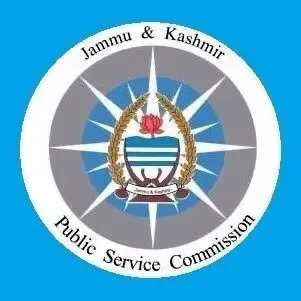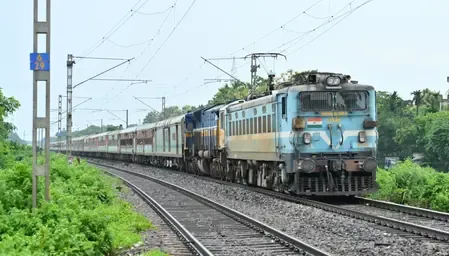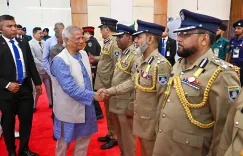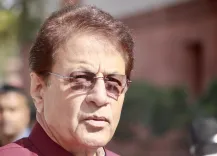How is the Delhi Water Minister Reviving the ADB-Funded Supply Project?
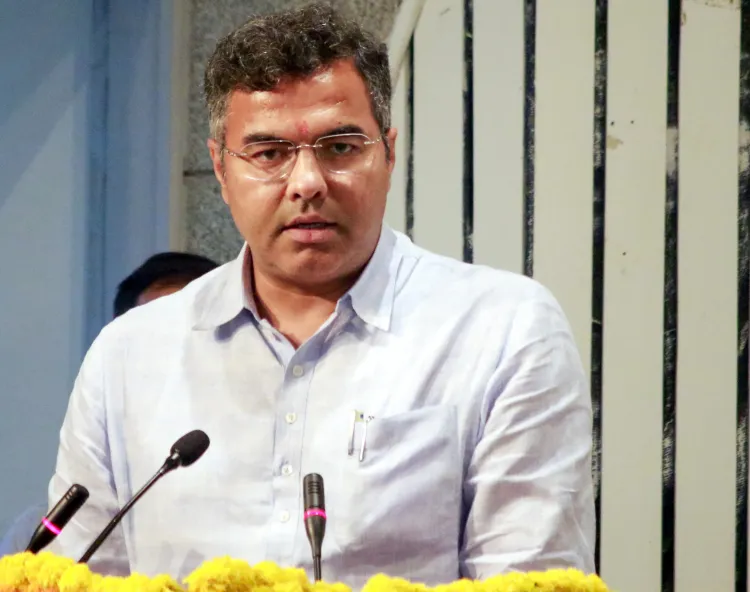
Synopsis
Key Takeaways
- The project revival aims to serve over 30.16 lakh residents.
- ADB funding was reinstated after intervention by the Water Minister.
- Critical infrastructures are being prioritized to enhance public utilities.
- The project is part of a broader initiative to reduce pollution in the Yamuna.
- New reforms empower the DJB for direct implementation of water and sewerage schemes.
New Delhi, July 3 (NationPress) Water Minister Parvesh Sahib Singh has taken significant steps to revive the Delhi Water Supply Improvement Project located in the command area of the Wazirabad Water Treatment Plant (WTP), which is backed by Asian Development Bank (ADB) financing.
The initiative faced funding withdrawal by the ADB due to the inadequate progress made by the previous administration. This project aims to serve over 30.16 lakh people, accounting for roughly 13 percent of the city’s total population.
The Delhi Jal Board (DJB) has greenlit the project, which spans an area of 123 sq km (representing 8.3 percent of Delhi), encompassing regions such as Sanjay Gandhi Transport Nagar, Model Town, Burari, Lawrence Road, Punjabi Bagh, Shakur Basti, Jahangirpuri, Shastri Nagar, Avantika, and Pitampura.
Initially sanctioned in 2013, this ADB-supported project remained unawarded until July 2020, which prompted the ADB to withdraw its funding, according to official statements.
Following interventions by the Delhi Water Minister, the ADB has now agreed to reinstate its financial support for the project.
During a recent board meeting, various essential projects were also approved, aimed at enhancing public utility infrastructure. These initiatives are set to directly benefit millions of residents, ensure a fair water supply, mitigate pollution in the Yamuna, and expedite long-overdue rehabilitation efforts.
The Minister stressed the government’s renewed commitment to accelerating critical projects which had been stalled due to bureaucratic challenges and procedural obstacles.
“Delivering clean drinking water and an effective sewerage system goes beyond mere infrastructure—it is about restoring the rights, dignity, and well-being of our citizens. We are revitalizing long-overdue projects and making decisive moves to elevate the quality of life for every resident,” he remarked.
In addition, the DJB has approved significant reforms empowering it to directly manage and implement water supply and sewerage schemes for the DDA and other land development entities.
The board also sanctioned a project to establish a comprehensive sewerage network in two colonies under the Sonia Vihar group, which will benefit 2.34 lakh residents with a sewer line extending over 66 km.
Furthermore, a major approval was granted for a sewerage network in the Hasanpur Group of Colonies, covering eight villages at an investment of Rs 51.43 crore.


